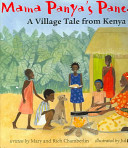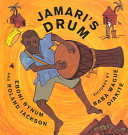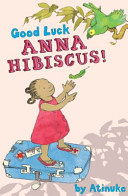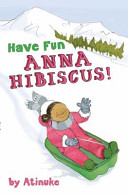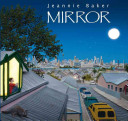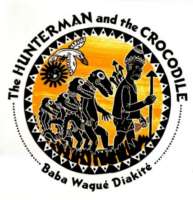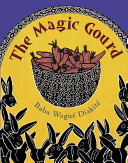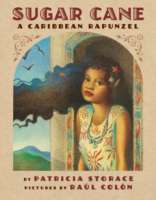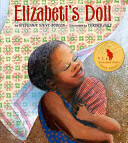
When her new baby brother arrives, Elizabeti decides she needs a doll that she can care for the way her mother cares for the new baby. After looking around the village, Elizabeti finds the perfect doll to love. She names her Eva. When Mama changes the new baby’s diaper, Elizabeti changes Eva’s. And one day when Eva turns up lost, Elizabeti realizes just how much she loves her special doll. Full-color illustrations.

